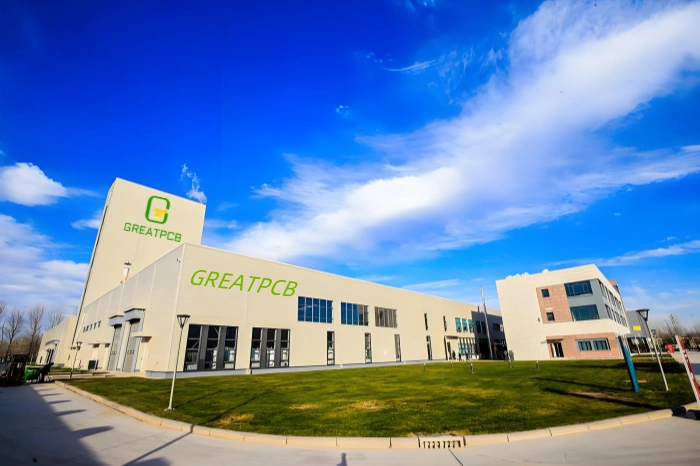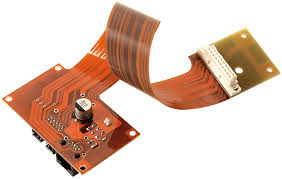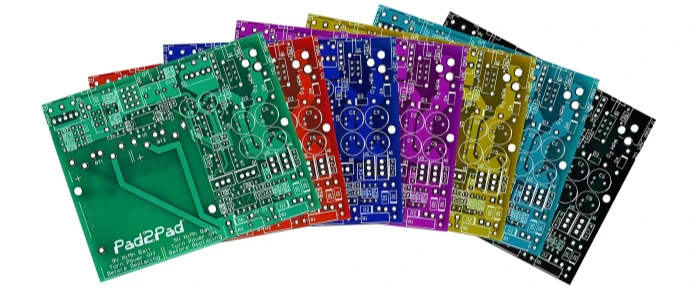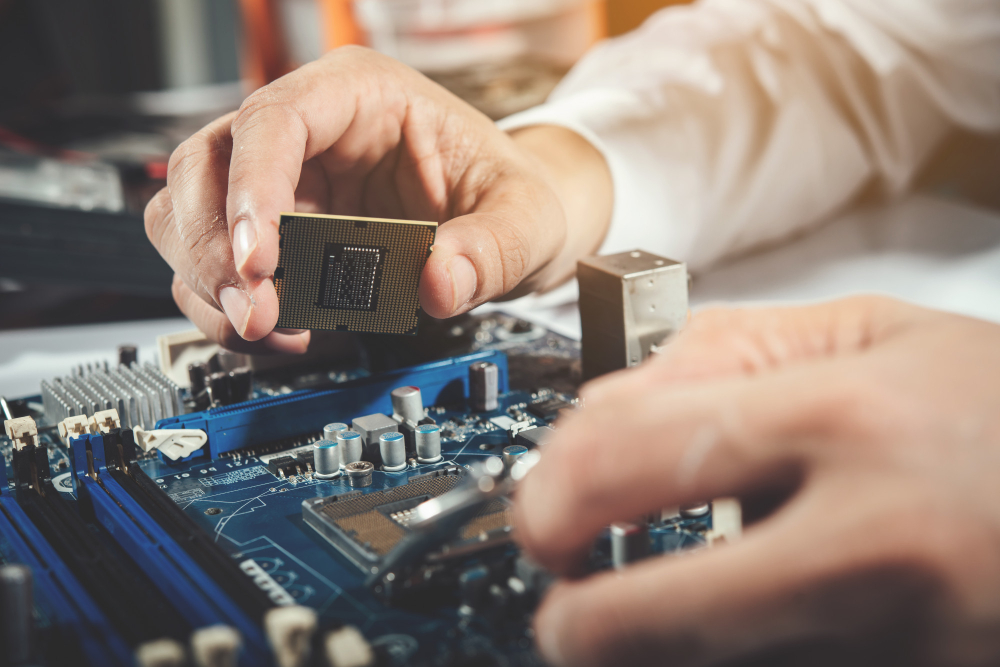Step-by-Step Guide to Estimate the Cost of PCB Assembly Prototype

Prototyping development of a pcb assembly is half of the process of taking your electronic product from concept to production. Prototyping cost estimation, however, is not easy, particularly if what you are producing are high-end products such as automotive pcb assembly or, in the case of rapid turnaround through quick-turn flex PCB services, is time-sensitive. What we are going to do here is break it down step by step and simplify it so that you can easily budget for it.

1. Defining Your PCB Layout Requirements
Start by trying to decide how big your project is going to be. Keep the following figures in mind:
- PCB Type: You are creating a ridge-flex, flex, or rigid PCB. Flex boards that otherwise would be bought in wearable electronics or motor vehicle technology often cost a little more due to additional material and processing.
- Thickness and Size: The thicker the layers and the larger the pattern size, the more the material and fabrication expense.
- Component Complexity: Their quantity and type, whether they are the through-hole type, surface-mount type, or a combination of technologies, all make direct contributions to assembly cost.
A well-defined design will make costing and future surprises reduced.
2. Choose the Proper Assembly Process
Depending on use by you, your assembly will utilize one of several assembly methodologies:
- Standard PCB Assembly: Ideal for common prototypes with common components.
- Automotive PCB Assembly: Highly test-sensitive, highly reliable, and standards-based like ISO 26262. More costly by virtue of further verification through test and quality.
- Quick-Turn Flex PCB: Rapid prototype PCB boards with rapid turnaround. Rapid production and assembly reduce time-to-market but are more costly in the form of faster processing.
Doing it right by process keeps one from investing too heavily in capabilities that one won’t use but still allows one’s preferred speed.
3. Produce Material and Component Cost Estimates
Cost of production of LPC is largely material. Here is an attempt:
- PCB Substrate and Copper Weight: Frequency-sensitive or PCBs to be bent will require top-class material.
- Components: They are on an availability difficulty and lead time basis. Economical components can be used to save costs.
- Solder Consumables and Materials: Solder paste, protective cover, and flux are included.
Effective estimation here prevents under-budgeting and prototyping delay.
4. Enter Testing and Labour
Labor cost would be otherwise if it had to be assembled manually or by automation. Quick-turn PCB prototypes would receive more money for speeding up the labor. Apart from this, inspections and testing, such as automotive PCB assembly under special consideration, must be included. Testing would involve a functional test, an in-circuit test, and a reliability test.
5. Turnaround Time Recall and Other Services
Rapid prototypes will cost more. Quick-turn flex PCB or fast-turn pcb prototype assembly is one of these services where they would ship your board in days rather than weeks but may charge special rates. Some other services like stencil assembly, programming ICs or conformal coating, must also be included in your quote.
6. Get Quotes from Several Suppliers
Compare other PCB assembly services to see variations in terms of cost. Provide them with your information completely to get precise estimates. Discover whether they have specialty considerations like automotive PCB assembly or prototype iteration rate.
The Gist
It includes one estimate of pcb assembly prototype cost in order to get familiar with your design, decide on the ideal assembly method, estimate the material cost and labor cost, and add the turnaround time. With step-by-step planning, you are ahead of time in planning as you create high-quality prototypes suitable for your project requirements.
Whether it’s the normal prototype, one of the rapid-turn PCB prototypes, or automobile PCB assembly on a single unit, good planning is the back of cost-sensitivity and timely delivery.








